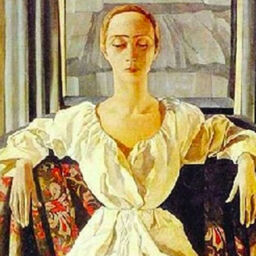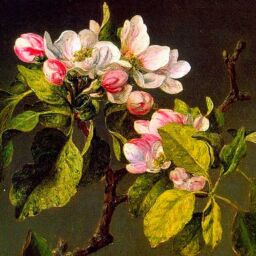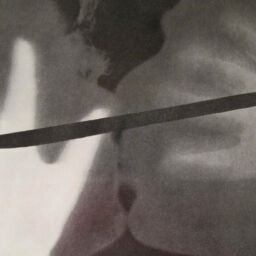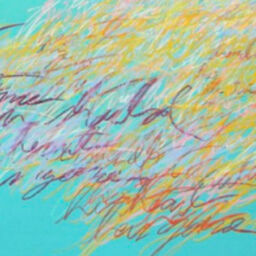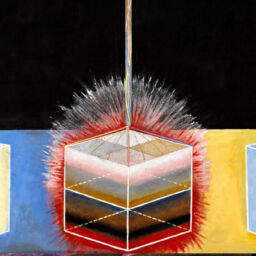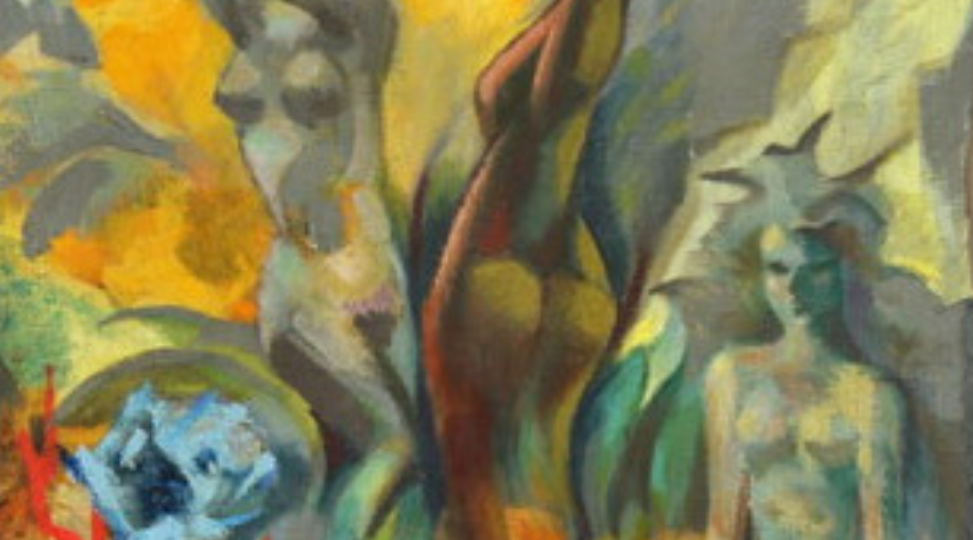
Finding the Way Home to the Body
Download or listen to this article
Karishma Sharma, September 1, 2024
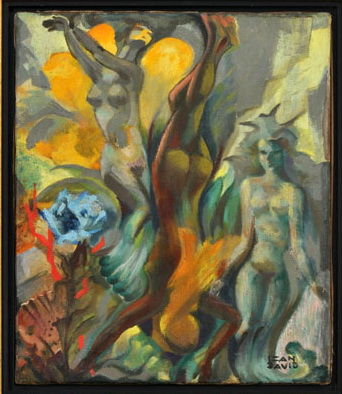
The Bear Hug of India
From a Western perspective, it may appear that “introverted feeling seems to predominate” in the collective consciousness of India (Beebe, 2017, p. 151); however, as an individual with preferences for INFP who has grown up within Indian culture, I view it as predominantly expressive of extraverted feeling (Fe), which “subordinat[es] itself entirely to the influence of the object” (Jung, 1921/1971, ¶ 595) and aims at “a harmonious social life” (¶ 596). The cultural emphasis in most of India is on adjusting to and accommodating others, acquiescing to collective values with no regard to individual needs or concerns. Extraverted feeling “detach[es] itself as much as possible from the subjective factor and . . . [is always] under the spell of traditional or generally accepted values of some kind” (¶ 595). In my culture, I notice those who refuse traditional norms being castigated into complying with them.

Suppressing Subjectivity
The dissonance that I felt between my actions and my deepest values showed up in feelings of guilt. The knowledge that I was not being true to myself would erupt as somatic anxieties; all I consciously knew was that I did not want to say and do what I was saying and doing. My dissonance registered in my body as an anxiety that I had to ignore in order to keep functioning out of extraverted feeling—taking care of others and their moods, attempting always to fulfill expectations so that others might bestow a kind, calming word upon me. This disconnect affected my relationship not only with the mode of consciousness that is introverted feeling but also with my introverted sensing child (Si), which connects to the past, archives facts and memories, attends to detail, and “monitors the internal environment of the body” (Shumate, 2021, p. 171). I suppressed my introverted sensation and ignored the inner dimensions of my body, its language, and its knowings. The eternal child position of introverted sensation in the INFP type suggests the pure and childlike nature of this function (Shumate, 2021, p. 181). The introverted sensing puella aeterna attends to the inner dimensions of the body with a wild, innocent immediacy. The body produces emotions, and the Si child experiences their physiological expressions with untempered rawness and without intensity-reducing mediation, as would a child who is still deeply connected with the body, not yet having learned to dismiss its language. Introverted sensation attends to detail (Shumate, 2021) and notes the smallest shifts in how the body feels—its internal sensations and the presence of pain and pleasure—based on what has been heard, seen, spoken, and tangibly picked up from the outer environment. As Jungian analyst Marion Woodman (1982) showed, the body also stores memories, positive and negative, that arise unbidden from this repository and make themselves known in the palpable perturbations felt in various and meaningful locations in the body.

Appetite for Destruction
In my early twenties, I moved to Canada where I had more freedom and few of the pressures that were part of my experience in India. I had opportunities to do what I wanted—but I did not know what that was. I had no relationship with my personal and genuine values and principles. I felt the dissonance and disconnect from my body more and more strongly until it erupted in an eating disorder during a phase in which I was living not only through extraverted feeling but also through my trickster extraverted sensation (Se). Jung wrote, “On the lower levels, this type [Se] is the lover of tangible reality, with little inclination for reflection . . . . To feel the object, to have sensations and if possible enjoy them—that is his constant aim” (¶ 607). Extraverted sensation represses introverted sensation, which is the subjective portion of sensed perception. Presenting with trickster energy, my extraverted sensation was “a dark embodiment of the creativity of the eternal child,” which, in my case, was repressed introverted sensation (Shumate, 2021, p. 104).
I worked at a bank where I was always in the company of others, and I was well-liked as I was putting my learned extraverted feeling to good use. I found it relatively easy to get along with others and to adjust myself in order to accommodate their views, their opinions, their needs, and their desires. After work, I would stay out late at night with my colleagues, going home only to sleep a little before doing it all again the next day. During the same time period, I became a “food-snob,” eating at places where the emphasis was on the taste of the food, moving beyond enjoyment into indulgence. Under the influence of unconscious extraverted sensation, which sees only the present (Shumate, 2021, p. 143) and engages with life through concrete reality perceivable through the senses, I gave no thought to consequences or to what the future might hold. I used the possibilities offered by my parental extraverted intuition (Ne) in service of extraverted sensation. Disengaging with my love of books, I became excessively enamored with shoes and clothes, preoccupied with outer appearance. Because I had no authentic creative outlets, my “energy that [was] not allowed to transform toward creativity . . . [found] a destructive outlet” in the addictions of bulimia (Woodman, 1992, p. 26).

The relief that came to me through the binge-purge cycle speaks to both introverted sensation and introverted feeling, which provided different types of comfort. For the Si eternal child dispossessed by trickster Se, the comfort is physical, as in the tangible relief that came through the bulimia and its exhaustions. For the heroic Fi, the comfort is less tangible but related to a feeling of reestablishment of the inner harmony that is so valuable to the INFP—in my case, unconscious but effected through the ritual of bulimia. At work during the day and out with friends all night, I was always with others as I lived out of my shadow functions of extraverted feeling and extraverted sensation. The cycle of bulimia was an attempt to create balance via ritual, and the profane ritual may itself have been an unconscious channeling of introverted feeling which, according to Jung (1921/1971), “may express itself in a secret religiosity anxiously guarded from profane eyes” (¶ 641). Carried out behind closed doors, it required the privacy that is highly valued by introverted feeling. Impelled by the trickster, enacting this ritual offered me a twisted and deceptive sense of control that I had completely lost as I lost myself in others. Here in the evocations of bulimia was something that was only mine, that pleased no one else, that was urged by no one else, and that was known by no one else; I was living out a gross corruption of an untended INFP personality.
Discovering Pain and Pleasure
Trickster extraverted sensation forced the bulimic ritual and brought me to my knees but also made me aware of my dysfunction. Accessing a moment of the objective clarity of my inferior/animus extraverted thinking (Te), I suddenly decided that I had had enough. Shumate (2021) said that we have to “give up our eternal child’s self-image as innocent victim” to individuate (p. 104). I had to step out of victimhood at the hands of bulimia. I did so, paradoxically, by finally acknowledging my powerlessness and helplessness, and I sought therapy. A Jungian psychotherapist helped me break out of the concreteness and literal-ness that is beloved by extraverted sensation (Jung 1921/1971). I worked with dreams on a symbolic level and returned to the poetry I had loved as a child, when I enjoyed deciphering the underlying meaning in poems. I began honing my creative ability to see through metaphor and move beyond the literal. I began writing to express all that I was seeing and moving through in the inner world. In my writing tumbled out my values. I recognized them by their inviolable preciousness. Slowly, writing coaxed me into conscious relationship with my suppressed primary function, introverted feeling, which develops intensively as opposed to extensively (Jung, 1921/1971, ¶ 641). Because this type of feeling goes so deep that it is not easy even for individuals themselves to know it, my writing became a process of discovery of regions of introverted feeling that are otherwise difficult to access. Here, too, I encountered the unpredictable, but I was able to hold it in place with words and look at it closely in order to see what deeper images and meaning it might hold.

One winter in Rome, I noticed that the holiday lights that decorated a cobblestoned street aroused a tragic melancholy in my body. By then I had been developing my relationship with my body for nearly a decade, and I was more closely attuned to its inner movements. Certainly, these intricate lights were meant to be festive and were likely perceived by many as celebratory. My subjective experience of them had no connection with their objective appearance or objective qualities or what they were supposed to signify; they touched something in the inner world, perhaps even my past, that led me to an embodied perception of them as tragic and melancholic. Over time, I realized that the sight drew to the surface the deep loneliness that had lingered since childhood. Instead of perceiving the lights through extraverted sensation, my introverted sensation awoke. Jung said, “Introverted sensation apprehends the background of the physical world rather than its surface . . . seeing the becoming and passing away of things simultaneously with their momentary existence in the present” (¶ 649). This function-attitude sees beyond what is tangible and through the concrete to a oneness that is not present in the appearance of the object itself.

My writing has shown me that determining the value of something often requires attention to the body and its own subjective perceptions of outer events. Marion Woodman (1982), pointed out that the body has its own ways of knowing and expressing the unconscious that are frequently neglected and dismissed by many of us. In myself, I observe this communication occurring through the slowness that is inherent in the introverted functions due to their working “on their own time scale” (C. Shumate, personal communication, August 16, 2023). Remaining still in any moment offers me an opportunity to deepen into the body and allow the immediate shifts in the body’s responses to the outer object—whether place, person, or event—to become known to me. Noting these responses without judgment is necessary in order to feel what the body feels and to accept all that the innocent body offers (Woodman, 1982). The work to understand, decipher, and evaluate what is received can come later.
Articulating Loneliness
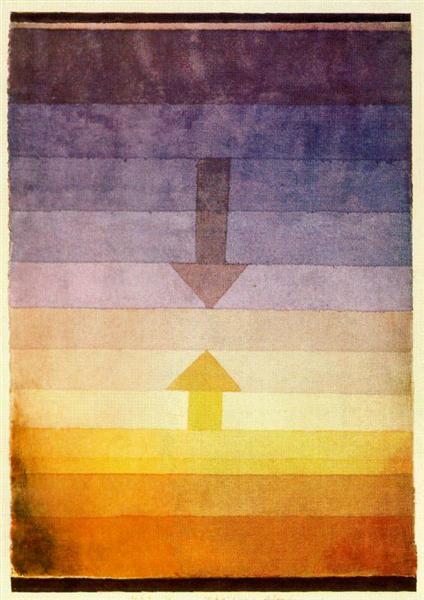
The inner world that is created here crackles with a passionate fire that feels paradoxically like a drowning in oceanic waters without a shore. My inner world comes to light in my writing, so I try to put my experience of loneliness into words. Introverted feeling makes the process anything but simple because, for this function to communicate with any satisfaction, it must “find an external form not only acceptable to itself, but capable also of arousing a parallel feeling in [others]” (Jung, 1921/1971, ¶ 639). Introverted feeling seeks to convey the intricacies of one’s truth as encountered and discovered in the inner world in such a way that may offer a complete understanding of it. Being a rational function, its communications may have to do with its evaluations informed by all that has been perceived, whether through intuition or sensation. Furthermore, Jung (1921/1971) said that were the subjectivity of introverted sensation to be expressed through art, it would result in a work that would be unlike any other, for it would be borne through the subjective person of the artist (¶ 647).
Jack Gilbert’s (2012) poem titled “Poetry is a Kind of Lying” describes a potential meeting of introverted sensation and introverted feeling. The poem ends:
Degas said he didn’t paint
what he saw, but what
would enable them to see
the thing he had. (p. 52)
The poem speaks to the inner reality of subjective perceptions that we may credit to the workings of introverted sensation, while the desire to make the concerted effort to express this subjective perception may be attributed to an introverted feeling that has found these perceptions of the concrete to be of value and feels the need to express them in exactly the right manner. So it is that I attempt to describe my loneliness in ways that will do justice to the truth that is my subjective experience of the phenomenon. These attempts take place through the medium of words; I must find the right ones and put them together just so while recollecting the event turned into experience. In doing so, I reach for the Si archives, categorized by the Fi evaluation of how I felt “deep inside” (Beebe, 2017, p. 198). Finding satisfaction in the creative work generated by my struggles with introverted sensation and introverted feeling, I find it easier to reside in my body, for I now understand it as a place where even its excruciating tensions can lead to treasures of numinous meaning.
As my relationship with introverted sensation deepens through attending to my body and its inner knowledge, I feel more sure of my introverted feeling values, for self-betrayals, too, are recognized by and conveyed through the body. For example, a racing heart may indicate that all is not well; something has disturbed the tranquility of the inner world. Relying on the archives of introverted sensation, I am able to revisit occurrences from the past in order to see where a transgression may have occurred. The work of making room for introverted sensation and engaging consciously with introverted feeling encourages confidence in my decisions. But, in this process, I come into contact with extraverted thinking, which, as the inferior function for INFP, may channel anima/animus energy (Beebe, 2017, as cited in Shumate, 2021, p. 11) and connects to the unconscious (von Franz, 1971/2020). A poem by the prolific poet E. E. Cummings (1991) begins:
since feeling is first
who pays any attention
to the syntax of things
will never wholly kiss you. (p. 291)
Read psychologically, these lines express well the opposition between extraverted thinking, which focuses on the goal and precision of objectively-accepted rules, and differentiated dominant introverted feeling, which has a more individual, values-based relationship to the inner and outer worlds (von Franz, 2008). The poem suggests that the one obfuscates a full experience of the other. Of extraverted thinking, Jung said:
It has the appearance of being captivated by the object, as though without the external orientation it simply could not exist . . . . It seems to be constantly affected by the objective data and to draw conclusions only with their consent. (¶ 580)
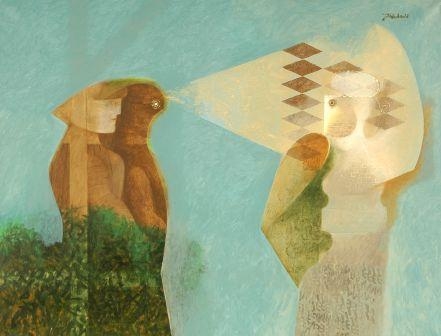
Furthermore, von Franz (1971/2020) said that inferior extraverted thinking is likely to get lost in details and facts belonging to the outer world in which such thinking wanders, “becoming tyrannical, stiff and unyielding” (p. 67). She suggested that the person’s thinking needs to be “specifi[ed] and differentiat[ed],” through which it can attain simplicity and clarity (p. 66). Being in relationship with the body by becoming more attuned to the primary function of introverted feeling can aid the work of differentiating inferior extraverted thinking. Especially when I am in relationship with the embodied subjectivity of introverted sensation and differentiated introverted feeling, I am able to articulate what is true for me with statements that are “clear and definitive,” characteristic of well-expressed extraverted thinking (C. Shumate, personal communication, August 5, 2023). However, because extraverted thinking remains an inferior function for an INFP, formulating such statements may happen behind the scenes, and under normal circumstances, they may not come quickly.
Embodying extraverted thinking in support of values that are dear to introverted feeling requires courage. I have had to accept that such directness, especially in expressing evaluations and values contrary to others, may be felt as antagonistic by those who prefer only the adjustments of extraverted feeling. It also requires accepting subjective evaluations as bearing the same significance as objective evaluations. For an INFP, an unintegrated animus Te, one not infused with Fi, may be akin to spirit that is loud but empty of love (Woodman, 1992). It is in deepening into the body’s knowing as discerned via attention to inner sensations that I ground myself more deeply in introverted feeling and continue to move while connected to my inner center. I accept the value of subjective inner realities that I must constantly attempt to weave into a healthy relationship with outer, objective reality.
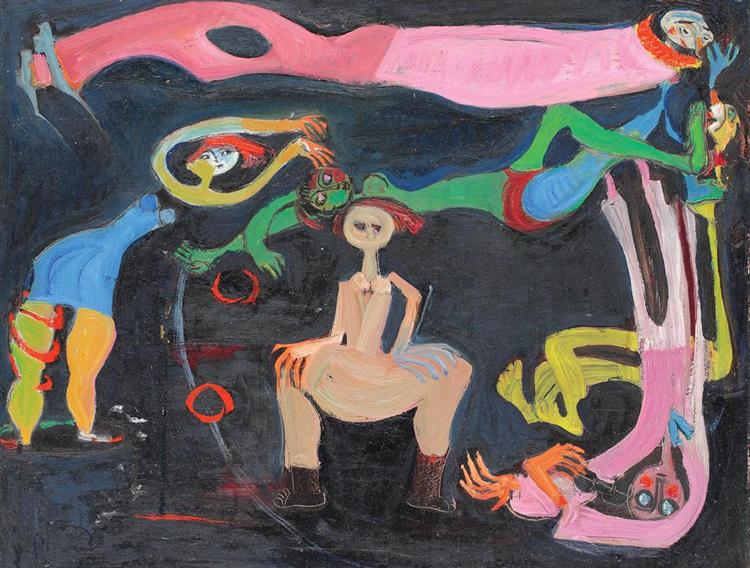
References
Beebe, J. (2017). Energies and patterns in psychological type. Routledge.
Cummings, E. E. (1991). Complete poems: 1904-1962 (G. J. Firmage, Ed.). Liveright.
Giannini, J. (2004). Compass of the soul: Archetypal guides to a fuller life. Center for Applications of Psychological Type.
Gilbert, J. (2012). Collected poems. Knopf.
Jung, C. G. (1921/1971). Psychological types. CW6.
Jung, C. G. (1958/1969). The transcendent function. In CW8.
Jung, C. G. (1988/1989). Nietzsche’s Zarathustra: Notes of the seminar given in 1934-1939 by C. G. Jung (J. L. Jarrett, Ed.). Routledge.
Lopez-Pedraza, R. (2000). Dionysus in exile: On the repression of the body and emotion. Chiron.
Shumate, C. (2021). Projection and personality development via the eight-function model. Routledge.
Von Franz, M-L. (2008). C. G. Jung’s rehabilitation of the feeling function in our civilization. Jung Journal: Culture & Psyche 2/2, 9-20.
Von Franz, M.-L. (1971/2020). The inferior function. In M-L von Franz, & J. Hillman (Eds.), Lectures on Jung’s typology. Spring Publications.
Woodman, M. (1982). Addiction to perfection: The still unravished bride. Inner City Books.
Woodman, M. (1992). Leaving my father’s house: A journey to conscious femininity. Shambhala.
Images
Arroyo, E. (1970). Encore une femme.
Carr, E. (1931). Sea drift at the edge of the forest.
David, J. (n.d.). Fantastic figures.
David, J. (n.d.). Observation.
Del Sarto, A. (c. 1528). Holy family (Barberini).
Hinnebusch, D. (2006). Carousel in Santa Monica.
Klee, P. (1922). Separation in the garden.
Peltz, T. (n.d.). Children’s game.
–
Images courtesy of wikiart.com




